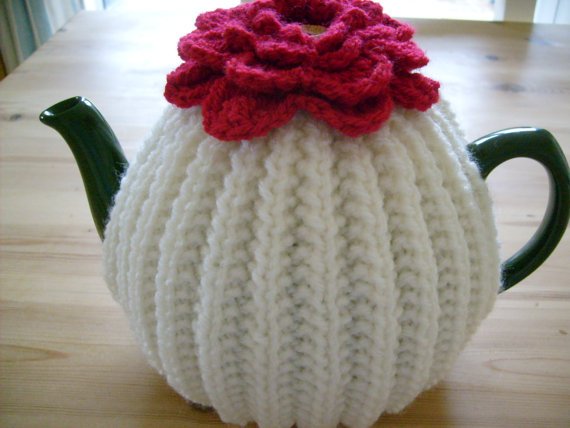If you haven’t learnt how to knit before then now is the time to do so. Knitting is back in fashion from knitting simple tea cosies to bed throws and even recycling old sweaters into new ones.
The web has an abundance of sites with some giving tutorials on how to knit and others giving you a choice of many free patterns to start your knitting.
Knitting groups have been set up one very popular one is called Stitch and Bitch there is also a great book from Amazon, Stitch ‘n Bitch: The Knitter’s Handbook – The Stitch ‘n Bitch Handbook covers every aspect of knitting and the knitting-together lifestyle: the how-to, the when-to, the what-to and why-to. Writing with wit and attitude, Debbie Stoller explains why young women are taking up knitting in droves and covers everything you need to know to get your knit on – from the tools of the trade to casting on and binding off to getting fancy – all with step-by-step illustrated techniques. Then it’s time to pick up the sticks: at the heart of this book are forty stylish patterns that are as hip to wear as they are to knit, as good for beginners as they are for purly pros.
Another popular one is UK Hand Knitting where you all meet for a natter while knitting your favourite jumper. Just click on your area on their map to find your nearest group.
Some great sites for knitters include The Daily Knitter where you can find lots of Free patterns and Knitting Help which has free tutorial videos to help you knit.
According to Wikipedia, Knitting is a method by which thread or yarn may be turned into cloth or other fine crafts. Knitted fabric consists of consecutive rows of loops, called stitches. As each row progresses, a new loop is pulled through an existing loop. The active stitches are held on a needle until another loop can be passed through them. This process eventually results in a final product, often a garment.
Knitting may be done by hand or by machine. There exist numerous styles and methods of hand knitting.
Different yarns and knitting needles may be used to achieve different end products by giving the final piece a different colour, texture, weight, and/or integrity. Using needles of varying shape and thickness as well as different varieties of yarn can also change the effect.







